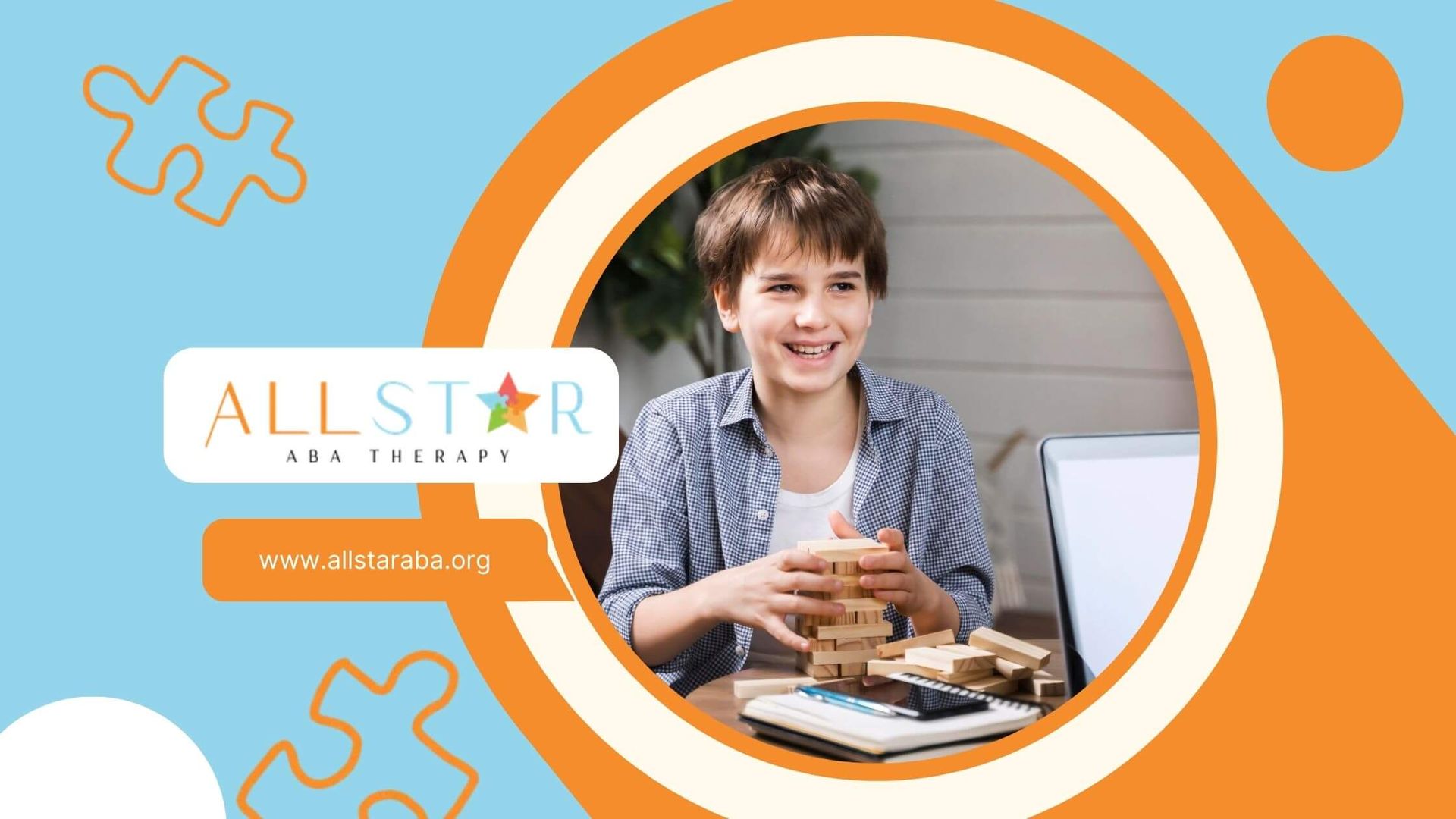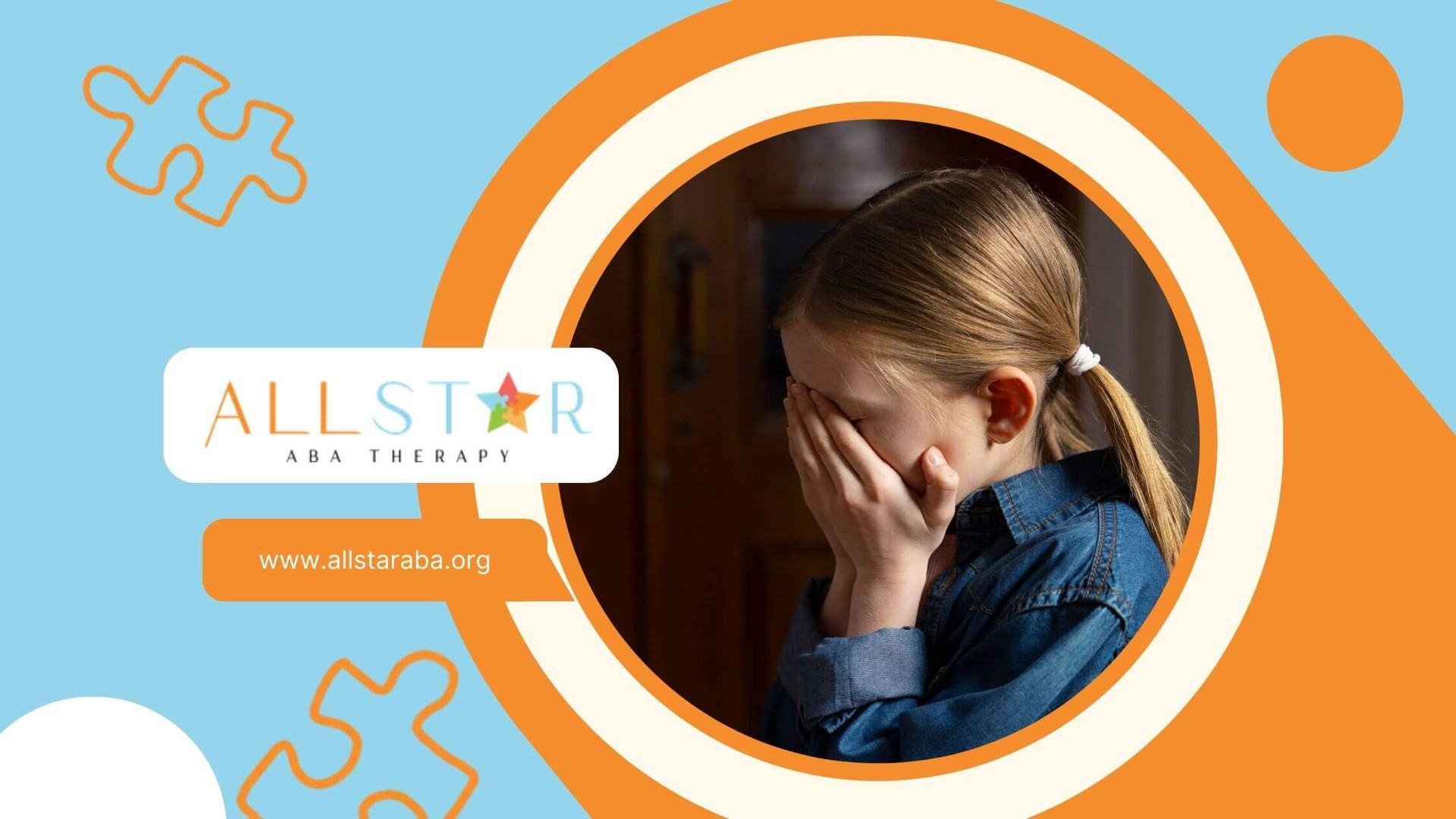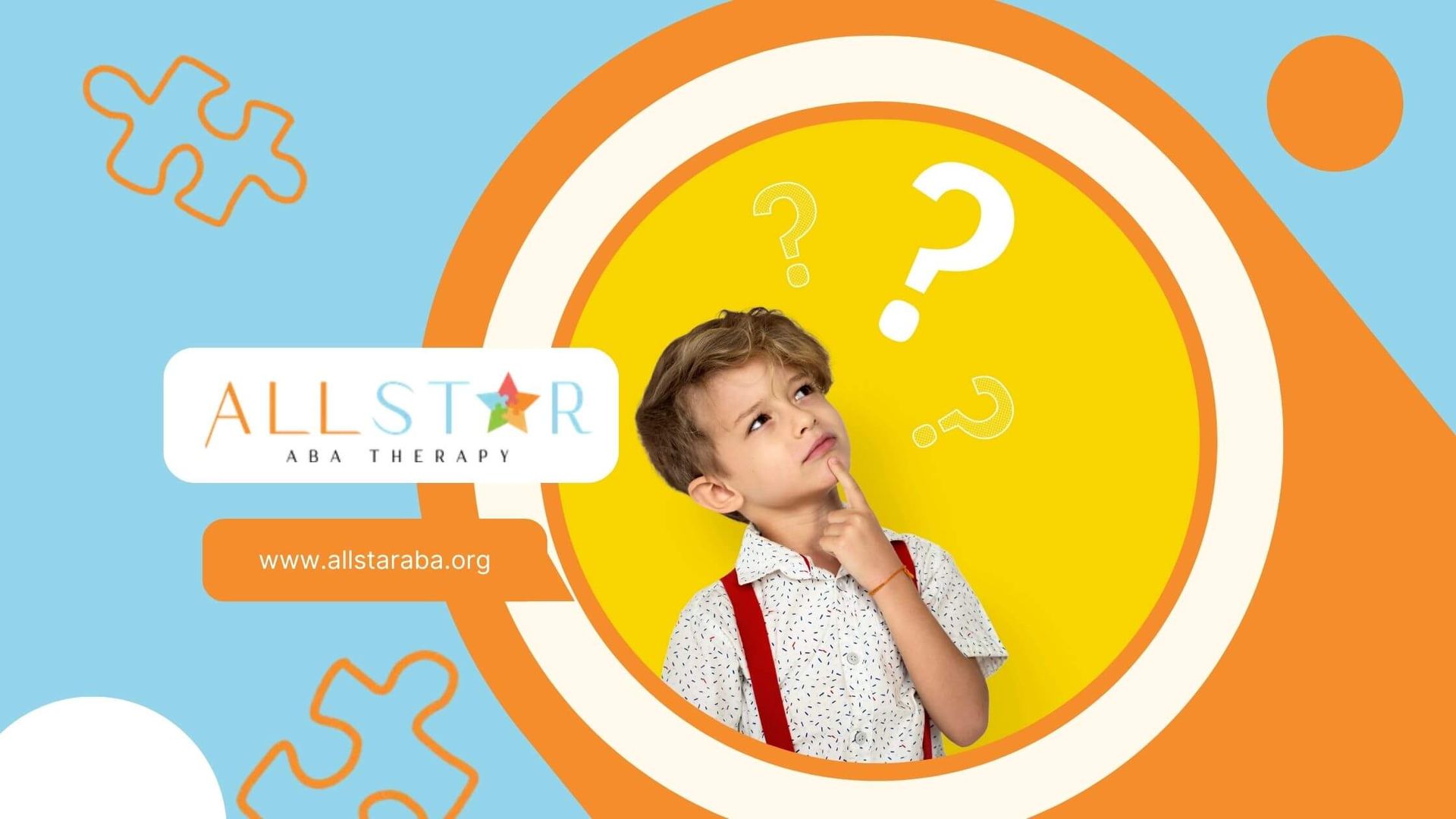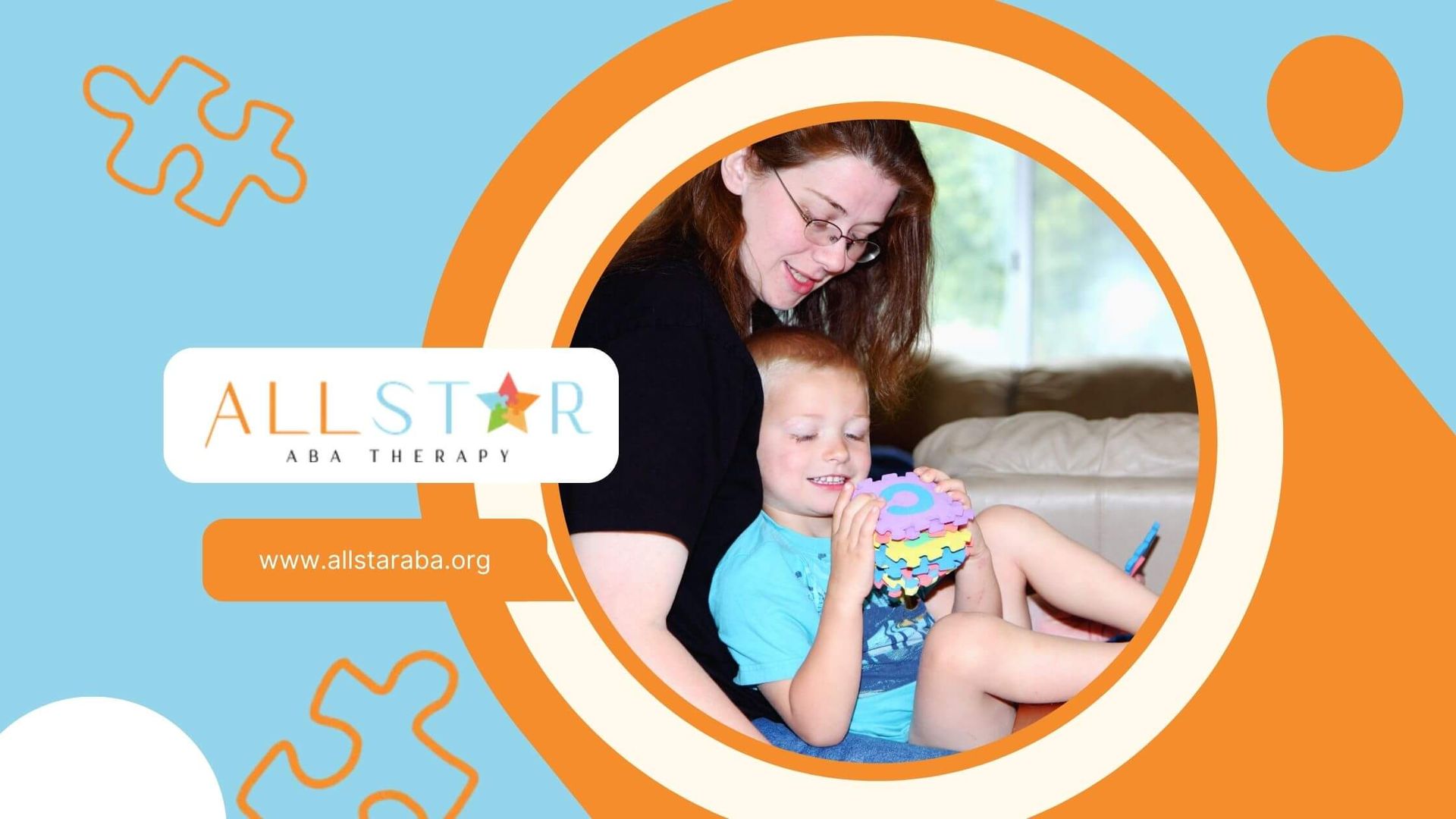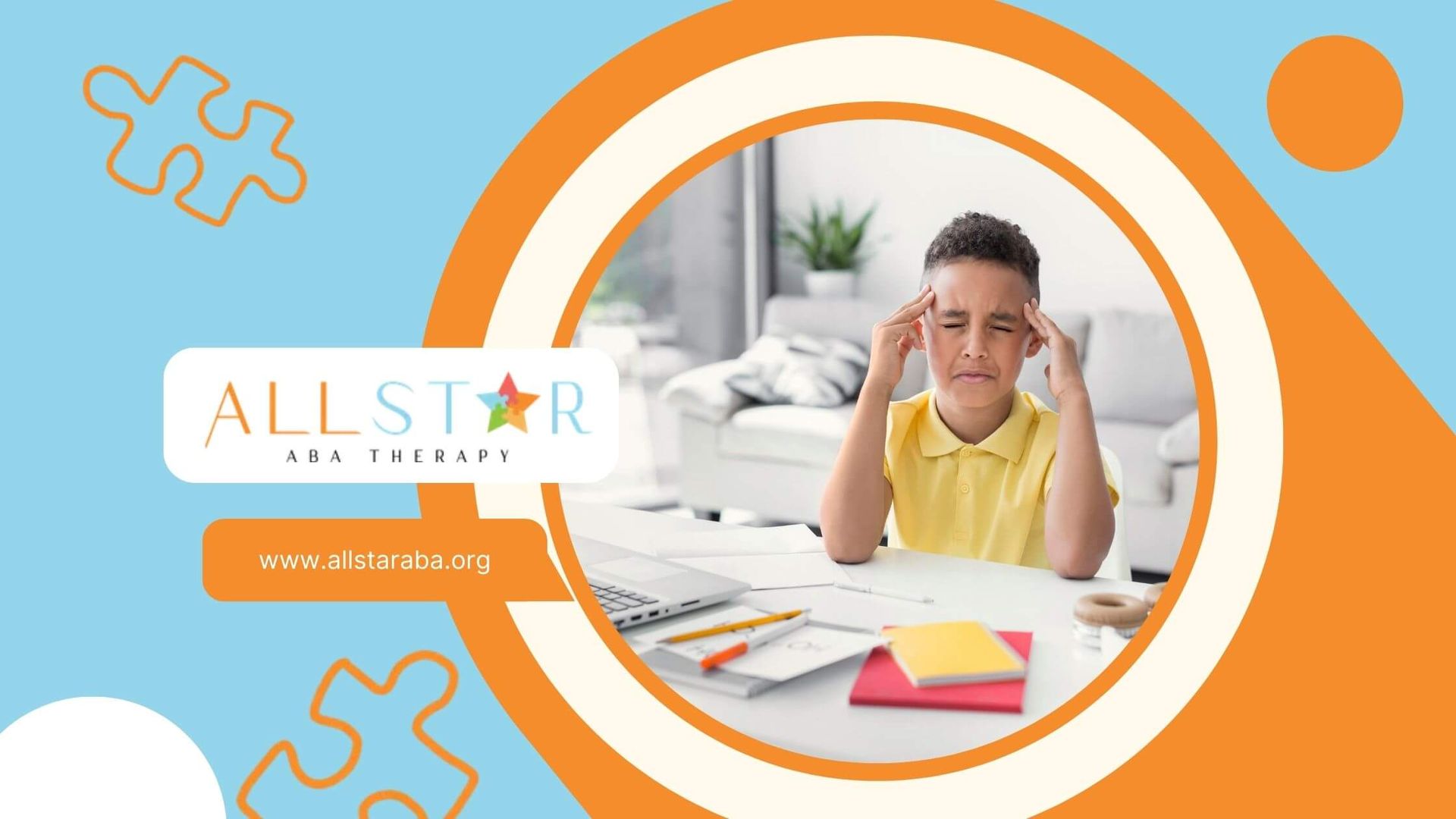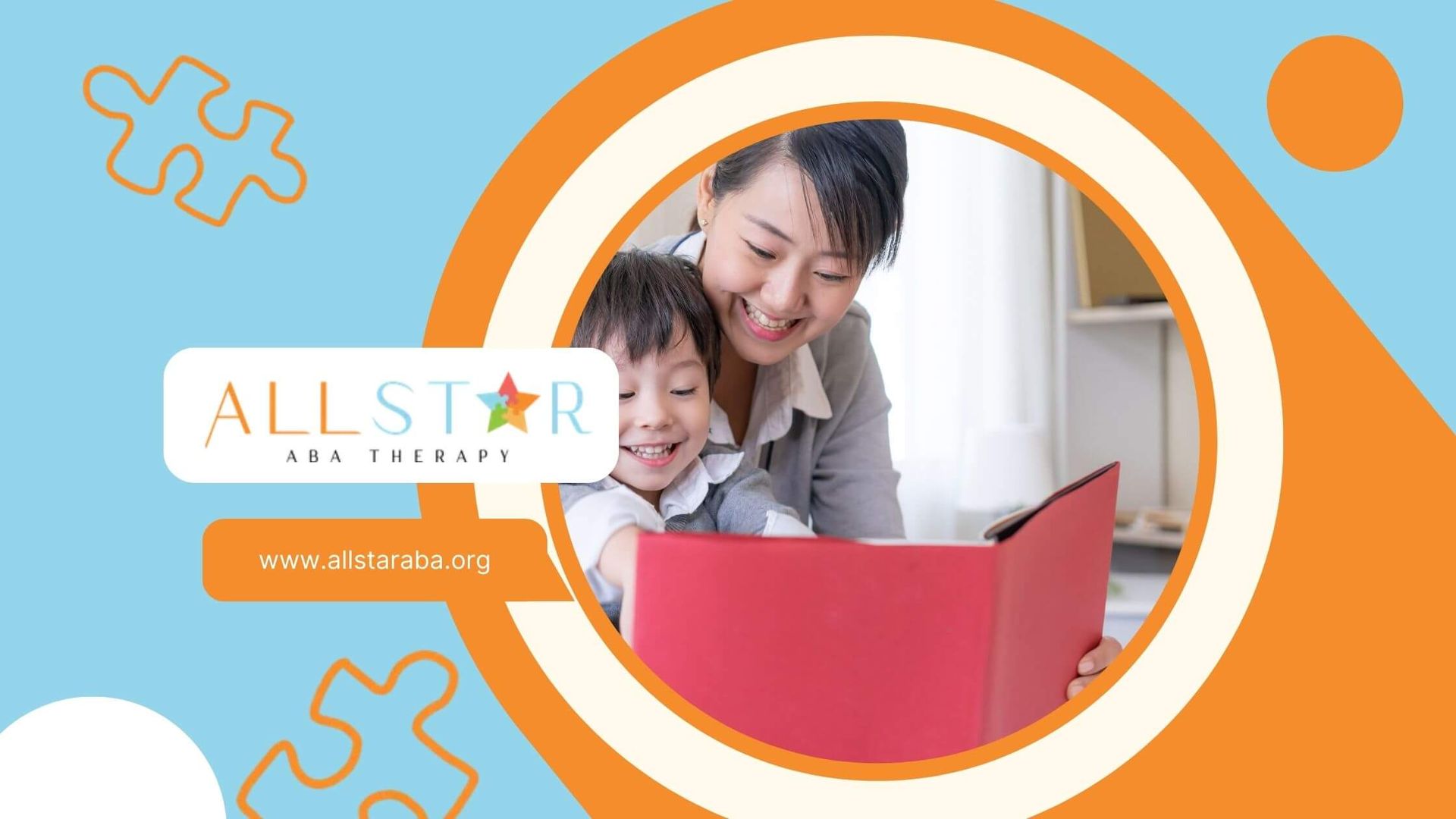New Paragraph
What Are the Three Basic Principles of ABA Therapy? A Beginner’s Guide
Applied Behavior Analysis (ABA) is a science-based approach that helps individuals, especially those with autism, learn meaningful skills and reduce challenging behaviors. At its core, ABA is built on three basic principles:
Antecedent, Behavior, and Consequence — often referred to as the ABC model.
- Antecedent—This is what happens right before a behavior. It could be a request, an environment change, or a trigger that leads to an action.
- Behavior—This is the observable action the individual takes in response to the antecedent. It could be speaking, refusing, hitting, or completing a task.
- Consequence – This is what happens immediately after the behavior. It can encourage (reinforce) or discourage (reduce) the behavior from happening again.
ABA therapists use this model to understand why behaviors occur and to teach more helpful alternatives. By consistently reinforcing positive actions and reducing negative ones, children can build communication, independence, and social skills.
At All Star ABA, we apply these principles through customized therapy plans, helping children make steady, measurable progress. Whether you're new to ABA or seeking guidance, understanding the ABCs is the first step to meaningful change.
Frequently Asked Questions
1. What is a consequence in ABA?
What happens immediately after the behavior — either reinforcing or discouraging it.
2. How does the ABC model help in therapy?
It helps identify triggers and responses to shape better behaviors.
3. Can ABA help reduce problem behaviors?
Yes, by understanding the ABCs and using strategies to change responses.
Need Support?
We're Here to Help!
Our experienced team is ready to assist you. Reach out today to discuss how we can support your child's development and well-being.
Get started with expert ABA therapy today.



